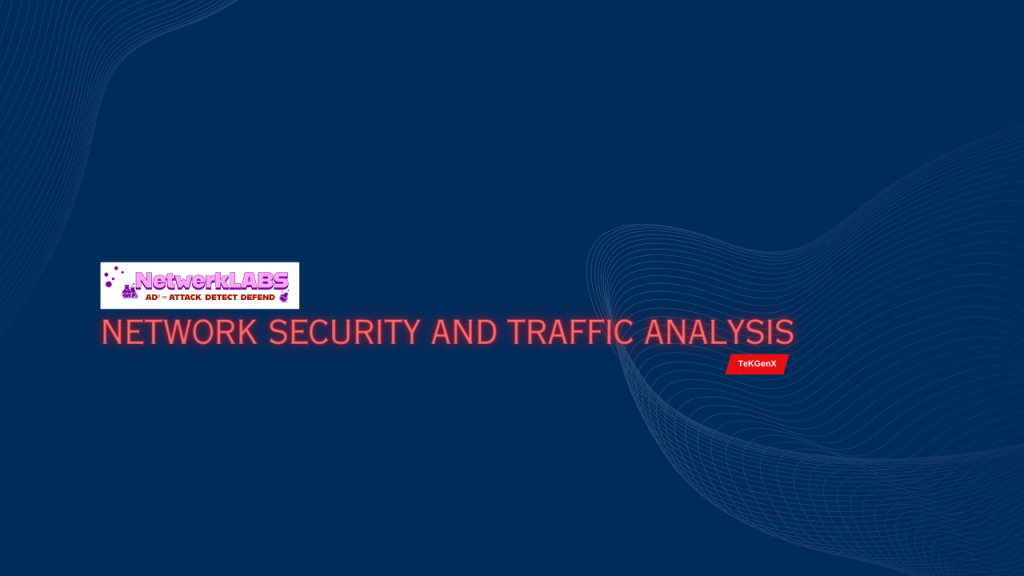Wireshark 101 | Traffic Analysis and Investigation (PART 04)
Encrypted Protocol Analysis: Decrypting HTTPS When investigating web traffic, analysts often run across encrypted traffic. This is caused by using the Hypertext Transfer Protocol Secure (HTTPS) protocol for enhanced security…


